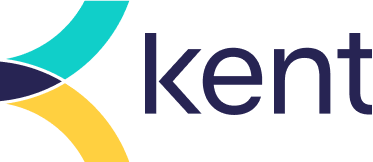HSSEQ Bulletin: Meetings, when do they stop adding value?

Have you ever been in a meeting that ended with no real outcome and you have another meeting because of it?
Poor meeting culture is an expensive tax on our valuable time. Here we offer some strategies to improve the quality and productivity of your time spent in meetings.
First and foremost, ask if you really need to have a meeting or are we just looking to complicate something that can be solved simply and easily if we only improved our trust or empowerment of the people we work with?
When the need is there to have a meeting, here’s how to make it a success:
- Send a pre-read to clearly outline the meeting purpose so that everyone is on the same page and the conversation will add value.
- Establish some structure from the outset and respectfully inform people that you may need to bring people back onto point when the conversation drifts.
- Bring people’s thinking into the room at the start. Do a check-in, a mindful minute or even a group exercise that gets people thinking differently.
- Don’t try and eat the whole elephant in one sitting: one of the biggest barriers to a productive meeting is people try to achieve too much and in doing so, achieve nothing. Be realistic: it truly is a case of less is more.
- Capture Actions in line with Objectives otherwise it’s just a conversation. Document the actions, with accountabilities in both time, outcome and responsibilities.
- Finish with a summary of the meeting discussion and agreed actions so there are no assumptions or misunderstanding. This also reinforces with the people who attended that they have been heard and their contribution added value.
- Close the loop: Send a follow up email so everyone is on the same page about next steps and any follow up required.
When meetings are done well it provides a statement of credibility in your professionalism and the next time you need people’s investment of time, they will see it as time well spent.
By using our website you consent to all cookies in accordance with our Privacy Policy.










